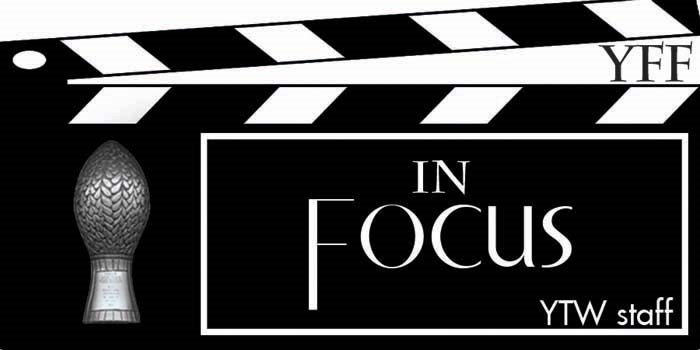Before television series there was Eye Witness. This National Film Board (NFB) film series, part newsmagazine, part propaganda and part documentary ran from 1947 until 1958. The monthly (more or less) 10 to 15 minute “episodes” feature vignettes of life in Canada from coast to coast to coast.
I wanted to write about as we enter 2017 because 1947 was the same year the Yorkton Film Council (YFC) was founded. This organization was a presenter and distributor of NFB Films, one of many community groups supported by the national organization.
This year the Yorkton Film Festival (YFF) is celebrating 70 years. It is the longest running festival in North America, although technically the festival, at least in name, did not exist until 1950. They started giving out awards in 1956.
Winners and nominees from those early years are not readily available, but I suspect Eye Witness, which had a total of 101 instalments over its 11 year run, played a role in the early days of the YFC and YFF.
I love watching this kind of stuff, not only because it imparts information about our history, but it preserves the sensibilities of the time.
Right off the bat it is striking how the title sequence, the music and the narration is reminiscent of a Hollywood drama of the day, blurring the lines between documentary and entertainment.
This concept of “infotainment” is something we are quite used to discussing as a new development of the Internet age, but it is apparent it is not entirely new when you look at material such as this seven decades-old film series.
I looked at Eye Witness #40 from 1952 because it started with a segment titled “Prairie Harbour: The Port of Flowing Grain.”
Despite the melodramatic presentation, the segment was a fascinating look at the transportation of grain from local elevators through the Great Lakes ports at Fort William and Port Arthur and on to world markets.
A second vignette that follows a patient through the course of an operation goes even further in its overly dramatic treatment of a routine documentary subject touting the wonders of modern medicine with uncritical acceptance.
Frankly, by today’s standards, it really feels like propaganda. To be fair, though, this is not in-depth investigative journalism.
Rather, the segments are mere sketches, moving snapshots that harken to an era becoming increasingly shrouded in the mists of time. And that statement is just cliche and purple enough to mimic the voiceover narration of Eye Witness if you were to put an orchestra playing moody overtures behind it.
The final segment outlined a project at Carleton Heights in Ottawa where veterans pooled their labour in a cooperative housing development. Supported by federal government loans and supervised by professional foremen, the veterans went back to school to learn building skills then put up 29 new homes for each other and their families.
Who would own which home was ultimately decided by lottery. It was a very interesting project that underscores social sensibilities that we sometimes take for granted in the present day.
The very cool thing is that all of this old material is now accessible to anybody who has access to the Internet. And who doesn’t these days?



